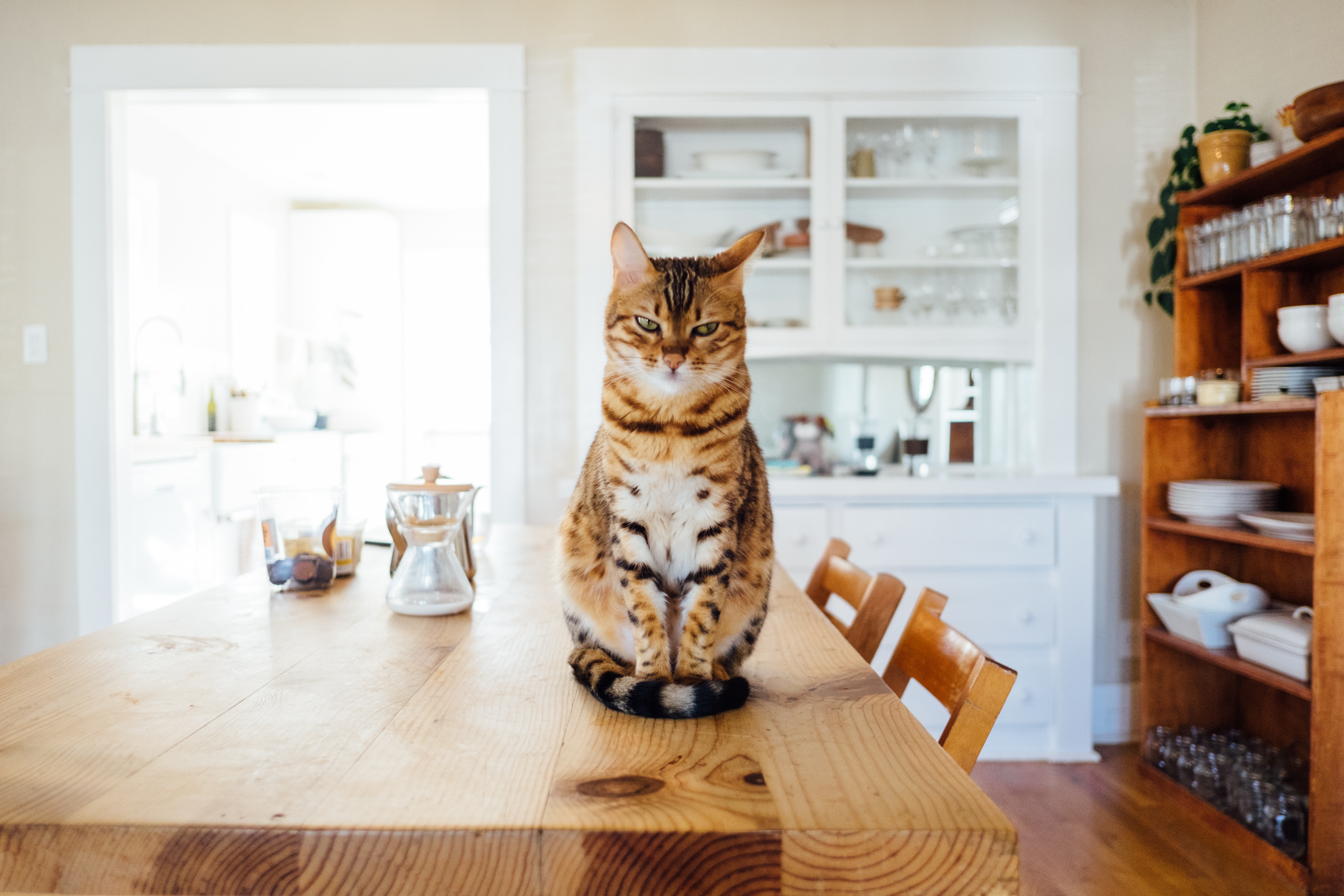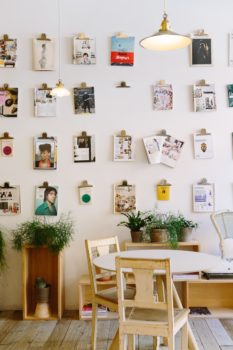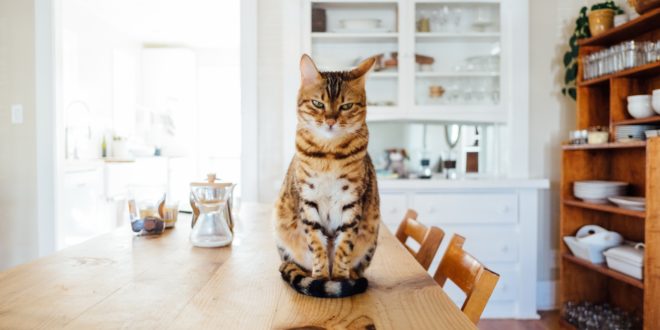Let’s face it, decluttering is never going to be a basket of fun. But oh, the payoffs. Not only will your home feel more spacious, but your life will feel lighter, brighter and best of all, clutter-free. While we’re big fans of the classic “three pile” method and Marie Kondo’s “Life-Changing Magic of Tidying Up” philosophy, we’re always open-minded about new tricks and techniques. That’s why we jumped at the chance to explore a new Danish philosophy called hygge. OK, it’s not exactly new to Danes but to us, it’s definitely novel to us.
Basically, it describes the warm fuzzy feeling you get from sipping on hot chocolate by a blazing fire, surrounded by good company and your favourite scented candles. If you want to know more check out our beginner’s guide to hygge.

So where does decluttering come in? According to the Danes, cleaning up is an essential part of creating space for hygge in your life. Here’s how:
Keep it simple
Unlike some nations, the Danish lifestyle places an emphasis on simplicity and functionality. This means that by definition, hoarding isn’t in the vocabulary. Part of creating “simple” spaces is to prioritise items that are both functional and beautiful. This vision of Danish balance will help you keep things that enhance your life, and discard those that don’t.
Reciprocal relationships
One of the biggest underlying ideas of Danish decluttering is that there’s a reciprocal relationship between a person and their possessions. If something is simply sitting on a shelf and gathering dust it’s not serving a purpose, and should be treated as such.
Make room for hygge in your home
Ultimately, the only way to welcome hygge to your home is to clean up and decorate with love. Clutter simply gets in the way and distracts from the overall mood. Yes, you can keep your favourite photo frames, succulent plants and scented candles. But only if they serve a purpose to you.
Take pride in your home
In Denmark, it’s far more common for friends to meet in private homes than to dine out at a restaurant. This means taking care of the home is an art in itself. Basically, spaces considered an extension of their owner. Remember, you’ve invited every item into your life so if something doesn’t reflect who you are it simply doesn’t belong.
 Assess “heart value”
Assess “heart value”
Similar to Kondo’s philosophy of getting rid of anything which doesn’t spark joy, the Danish concept of “heart value” can be incredibly helpful when it comes to decluttering. One by one, look at every item in a room and ask yourself if it supports you in a positive way, either by function or by “heart value.” If it doesn’t, it could be time to reassess your relationship.
Allocate an address
The Danes keep things in order by assigning everything in their homes a permanent address. For example, those bits and pieces that constantly clutter up your kitchen table need to be given a home. The same goes for those magazines that are littered around your living room, and all the half-used bottles of shampoo and body wash in your bathroom. Often decluttering is as simple as giving items a permanent address, and making sure they stay there.
Expiry dates
Just like food, everything you own has an expiry date. Just because you once loved an item it doesn’t mean it still has a place in your life. For whatever reason, if something is no longer being used or loved it’s time to part ways.
Say goodbye
Letting go can be hard, but according to the Danes talking to your possessions softens the blow. Make things easier for yourself by looking a possession in its (metaphorical) eye and asking if it would serve a better purpose in a different home. If the answer is yes, thank it for the time you spent together, place it lovingly in the discard pile and move on.
Cut yourself a little slack
Denmark isn’t considered one of the happiest countries on the planet for nothing. Danes know when to cut themselves some slack, so if you’re finding it hard to part ways with your possessions why not compromise with smart storage? Dare we suggest Ikea? This will help you create the illusion of a clutter-free home, without actually having to purge your possessions.
Do you have any tried and tested tips on how to distinguish between meaningful possessions and dust gathering things?









Join the Discussion
Type out your comment here:
You must be logged in to post a comment.